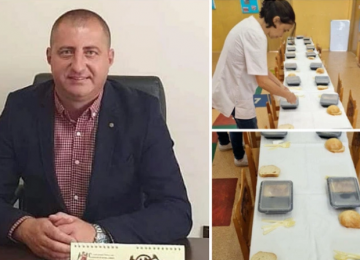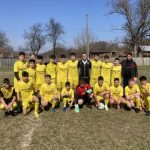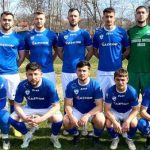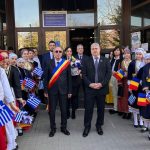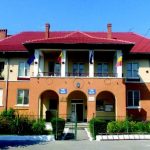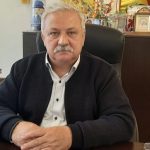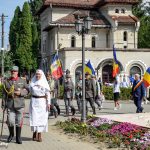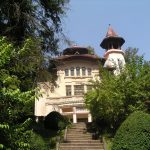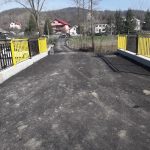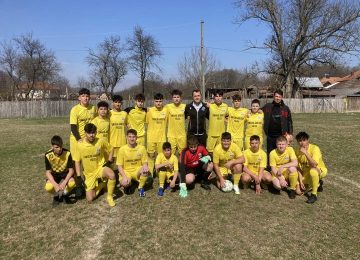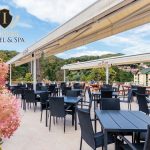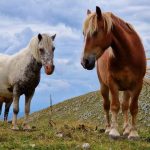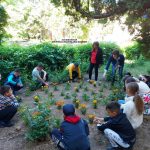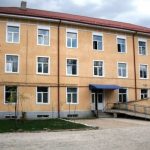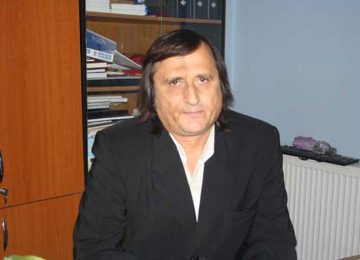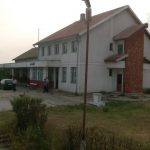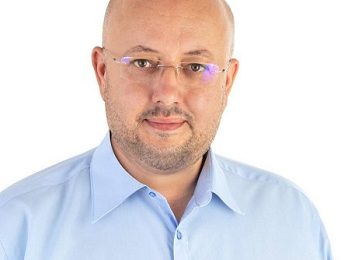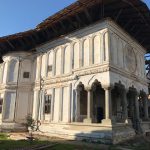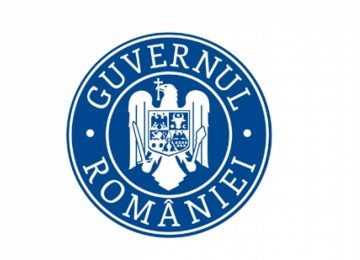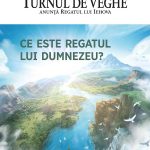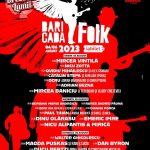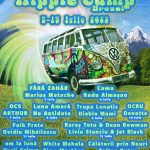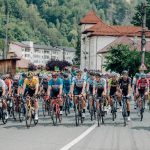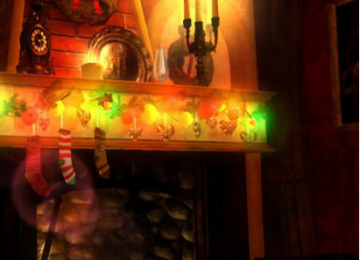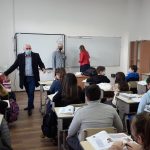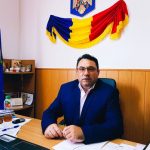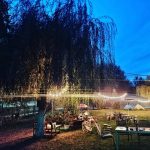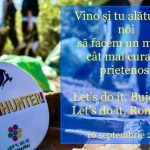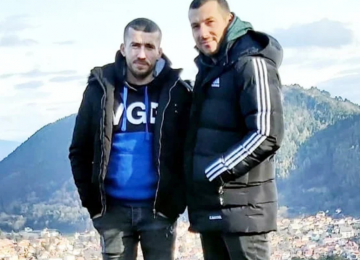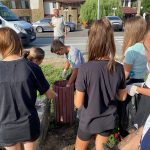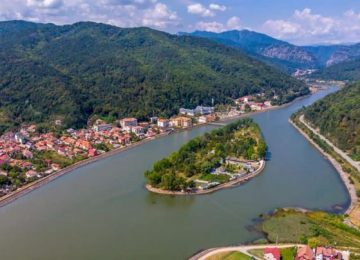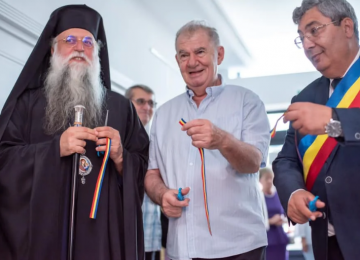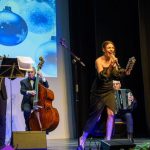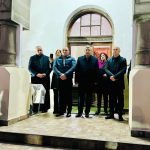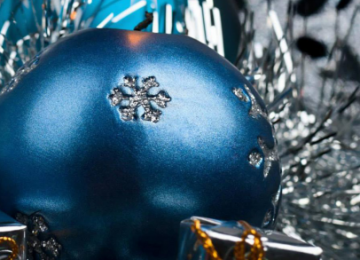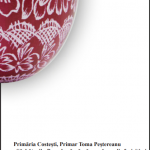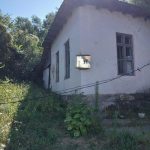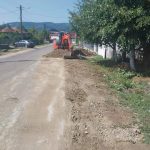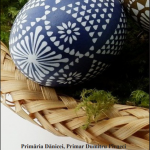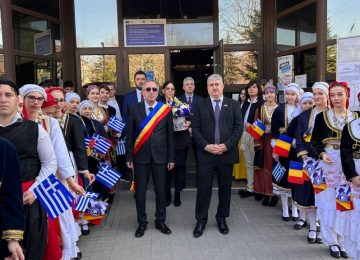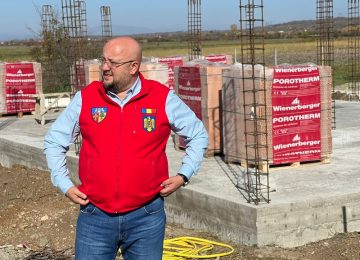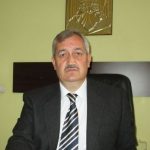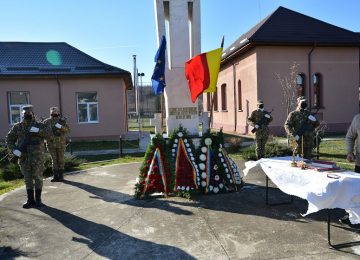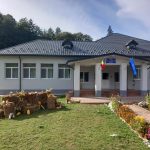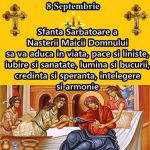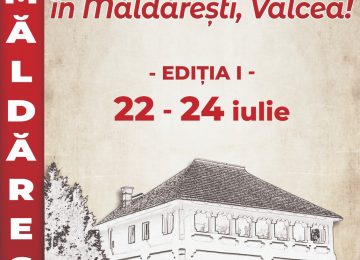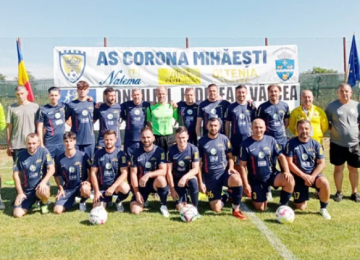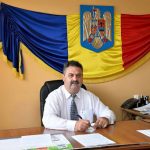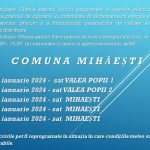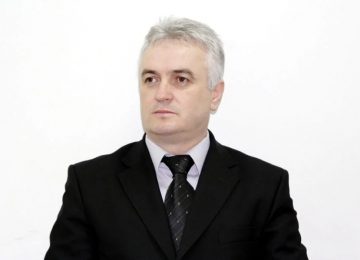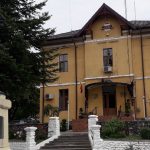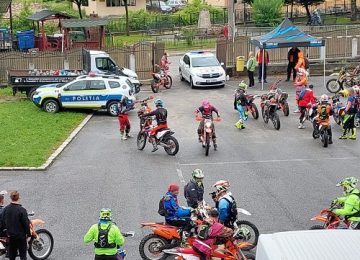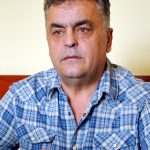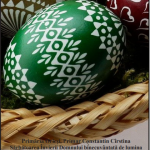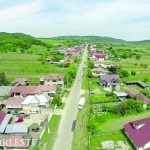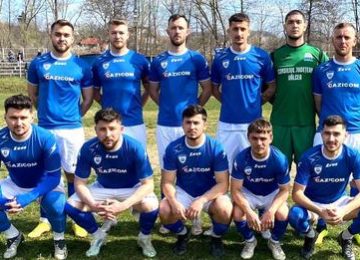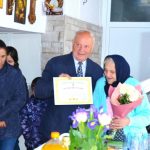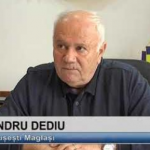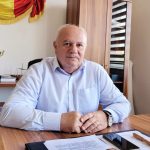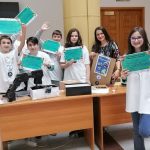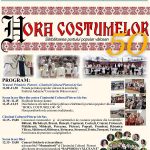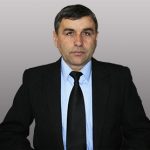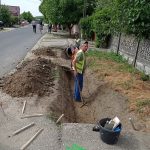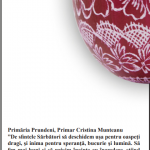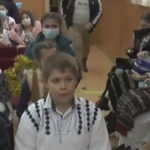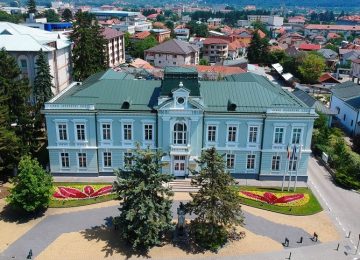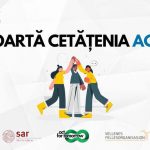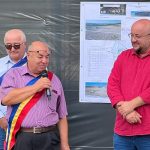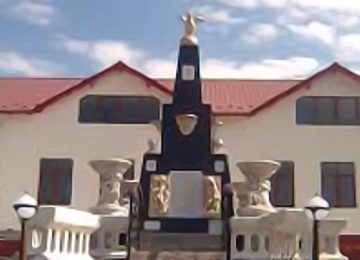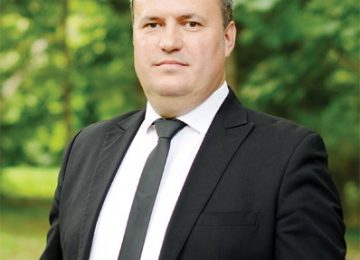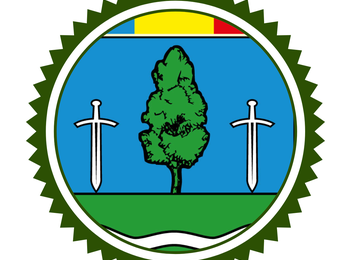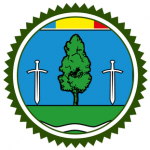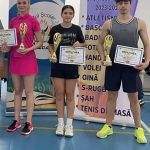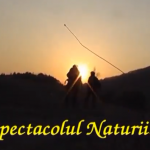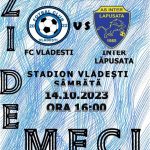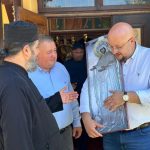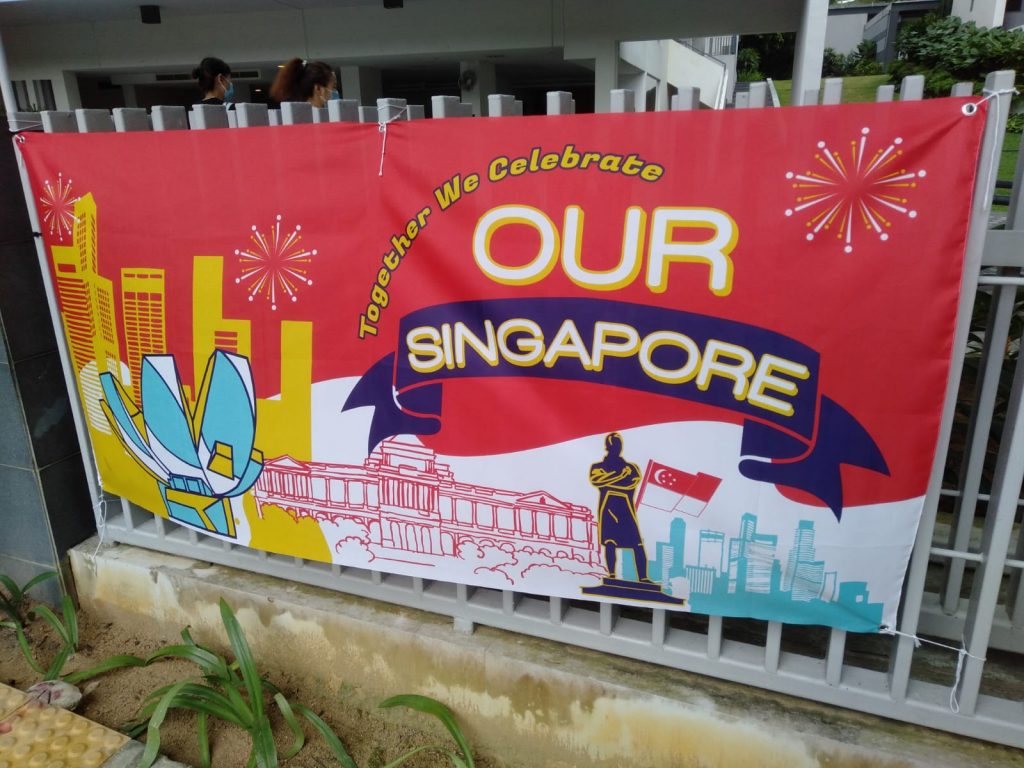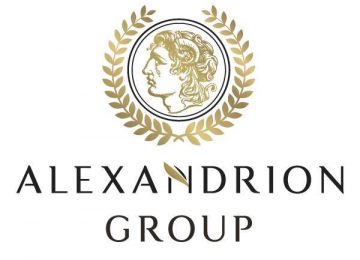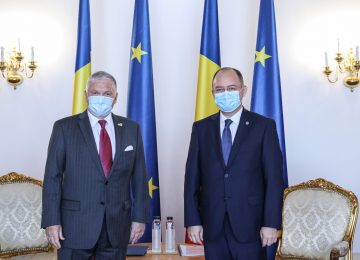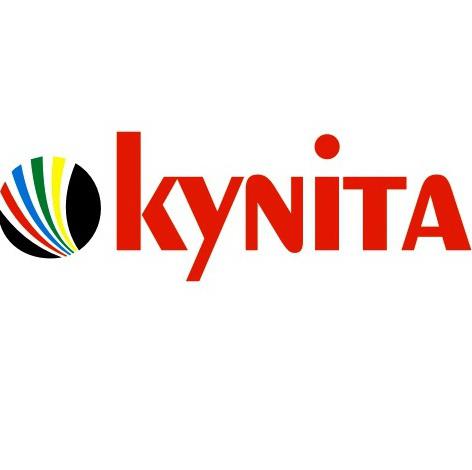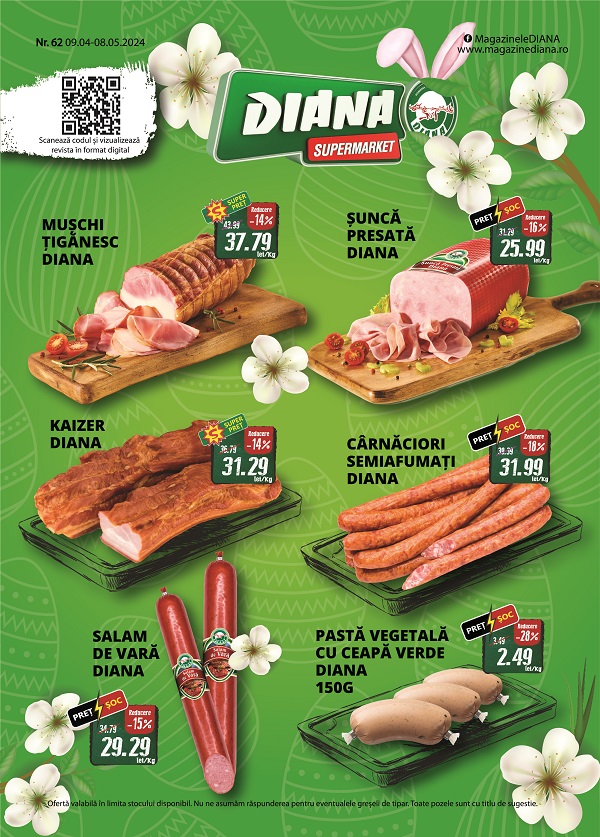At the time of my childhood, there were no statues in my village. Later in my life, as we had to move to a town, statues became immediately associated with urban agglomeration and the idea of countryside, not pure by any means, but less noisy at least, equated with the tranquil land that lacked heroic references represented in public places. In essence, rural space was a land of complete freedom to choose one’s own heroes. In an attempt to dig out some folklore of my own, when I was a student in cultural anthropology I interviewed some of the old villagers on locally-famous personalities. One of them kept coming up, under similar names, but clearly out of the same story: a Robin Hood kind of figure, who managed to get into the house of a rich local aristocrat, steal some possessions and distribute them to the poor. When I finally got to a family that claimed that the local hero was one of their ancestors, I also made a very personal discovery: the hero had robbed my grand-grandfather’s house and was arrested for theft by my great-uncle, who was an army officer. The story was a mirror version of something I had heard as a child in my own family: the thief-hero never got to prison, was pardoned and things quieted down. But that was my last attempt to dig out forgotten heroes, an undertaking that proved much more unexpected than just accepting whatever school threw at you, which I was never able to do entirely either, as very few heroes stories imposed on me with an educational iron fist were surprisingly personal.
Up North from Singapore, not far along the Malay peninsula there is a holiday resort called Desaru, a place where Singaporeans used to go to relax in the times when borders were opened. There, like in any still surviving tourist destination on any coast, the beaches are clean as long as you do not venture too far from the hotel. There is also an ostrich farm there, owned by a retired Singaporean who provides some special restaurants with an ingredient that is unusual anywhere, unless you live in Sub-Saharan Africa. But African endemic animals are not something new to Singapore, as the name of the city itself, in Malay, is ‘lion city’. The legend goes the heroic king who established Singapore in the Middle Ages, Sang Nila Utama, saw shortly after landing an animal who he thought was a lion, a species that does not live in the Malay peninsula, unless in captivity, which was not the case back then. But the connection between displaced animals and heroes is complicated.
When somebody says “It’s a long story”, nowadays nobody will find a comfortable position, rest the chin on the palm and reply “Go ahead!” It will certainly be “Make it short, then!”. The times of epic stories, which were unconceivably long by today’s standards, is already seen as archaic. Ample narratives survive in feature movies, popular TV productions and computer games, but there is quite a difference between a story told or read and a story experienced at sensory level, as all the visually immersive entertainment tricks of today steal the listener/reader’s privilege to direct an intimate movie based on a story in our inner brain cinemascope. The difference in the quality of heroes resides in the nature of the experience felt by a resilient listener/reader of stories versus that of an impatient visual-auditory consumer. Most of the time a person may be both, but not at the same time. Midway through a culture and civilizations course, to which a literature course is prerequisite, students might discover through the effort of individual reading and listening a completely different Hercules, Achilles, Genghis Khan, Jeanne D’Arc, Newton or Charles Darwin than those that they had been injected through video games, feature movies or documentaries. Some prefer historical figures, some choose fictional ones, yet each choice of a favourite hero is motivated by an intimate truth. And sometimes the effort of reading turns into fascination. When asked to explain why they have chosen a certain hero, some students mentioned a crucial event in their life or recalled the memories of a person that had meant much to them. Others felt that that this kind of information was too intimate to be shared with colleagues and teachers.
One of Singapore’s heroes appears on banners dedicated to the National Day. He was a British linguist and historian who learned South East Asian languages and history passionately, but also out of sheer interest to advance his career in the East India Company. He was a complex nineteenth century hero, interested in fame rather than fortune, yet responsible for losing the entire Malaysian ancient texts archive because he chose to send it to England on an ill-fated ship without backing up all the information through copies. His statue in Singapore was moved, but not destroyed by the Japanese during the World War 2 occupation of the second most important British colony in Asia. The other jewel of the Imperial British Asia, Hong Kong, happens to lack such a culturally towering figure from the colonial times. So does India or Malta or any other former British colony, as decolonization meant also a re-writing of the history in the late twentieth century. Victoria Station in Mumbai is called Chhatrapati Shivaji Terminal, for instance. The name of a queen that initiated the British Raj, which meant that India was under direct rule of the British Government for almost a century, was replaced in 1994 with that of a late Medieval king that fought the Mughal empire and managed to secure Hindu independence over a quarter of today’s Indian territory. But the train station is the same, a building that looks like a mixture of a Gothic cathedral, Florentine church and early industrial warehouse. Iconic, but the same silent witness of an Industrial Age that was associated with Europe when it came to innovation, but which was built in overwhelming proportion with resources from the colonies.
The fact that Sir Stamford Raffles still survives in Singapore as a hero is linked to the multiple identities of Singaporeans. Parallel Chinese, Malay, Tamil and English inscriptions are ubiquitous across the city, yet English is the lingua franca, some English texts are sometimes untranslated, and the connections with the colonial past are too complex to “make it short”. Raffles survives in the name of a major boulevard and some institutions among which a top-notch college. But he is not alone on the list of surviving colonial personalities. The first two viceroys of India are still remembered through Fort Canning, a hill at the heart of the Old City, and Mountbatten, a boulevard not too far away. But Farquar, a friend of Raffles and first resident of Singapore, is forgotten. Although he managed to jump start the Singaporean economy, he did that by allowing the opium and slave trade to flourish, to the dismay of the humanist and less business-oriented Raffles. While I was doing my independent research I also remembered that colonial heritage still survives in Hong Kong, a former British opium trade gateway to China, where the highest peak is still called Victoria, and the same applies to Macau, where I once lived on a road called Alfonso de Albuquerque, one of the most important early Portuguese explorers whose name is rightfully remembered in all history books that touch the topic, but who is not that fondly remembered in Malacca, where he ordered the slaughter of all male Muslims in order to reduce religious differences.
There is no mythological or historical hero whose actions do not contain a few controversial decisions at least. And the best example is the world-wide famous Dracula. For the colonizing early Renaissance Turkish or the neighboring Saxons of Transylvania, for instance, the venerated Romanian king of Wallachia was a bloodthirsty tyrant. For the the people of my village, Vlad the Impaler was beyond doubt a national hero, although no statue was ever erected in his honor. It is the fact that most of them are reduced to names on street signs or statues in parks, mostly admired by tourists, that shields the remaining ones from being replaced or destroyed. With minimal exceptions, the socially-induced necessity of minimal conversational knowledge on when the hero lived or what was his job or major battle was enough for the almost entirely male hero population to survive decolonization or nationalism. This is one major benefit of a globalized society where history and literature are disciplines needed only for secondary school education and specifically for passing some old fashioned and most stressful exams. As there is no ‘Philology factory’ opening soon in a city anywhere near you or me, almost nobody digs deeper into who the names on the street sign plates make reference to, and the names stubbornly stick to their enamel-plated iron tombs. But there are also other important factors to take into consideration when the credibility of old fashion history textbook heroes. A few years back, while taking a walk in the hills of my village, Mateesti, in Romania, where no famous heroes claim street names or statures, I felt my duty to lecture my pre-teen girls on the historical figures of Romanian history. It was a long story and, surprisingly, they were paying attention and asking questions. At a certain moment, they stopped. “Daddy, is this all true?” “Yes, all these heroes lived and sacrificed their lives for our Romanian heritage.” “And did you not also tell us that ostriches live in Africa and only Africa?” “Sure.” “How come ostriches live in a Romanian village, then?” “They do not!” “Oh, yes, they do!” And they pointed over my shoulder to a nearby field. It was true, ostriches were running happily in a rather generous enclosure, to my utter amazement. I later found out that a local entrepreneur had just started experimenting with a farm to produce the latest craze in gourmet at the time, ostrich eggs and meat. I was glad to find out a few years later that his experiment failed because this was the least revenge I could have after his innovative ideas managed to compromise all my efforts to sow the seeds of my own heroes into my daughter’s young minds. I still haven’t tasted ostrich meat, but I am looking forward to that.
Tudor Vlădescu is our correspondent in Singapore since January 15th, 2020.

